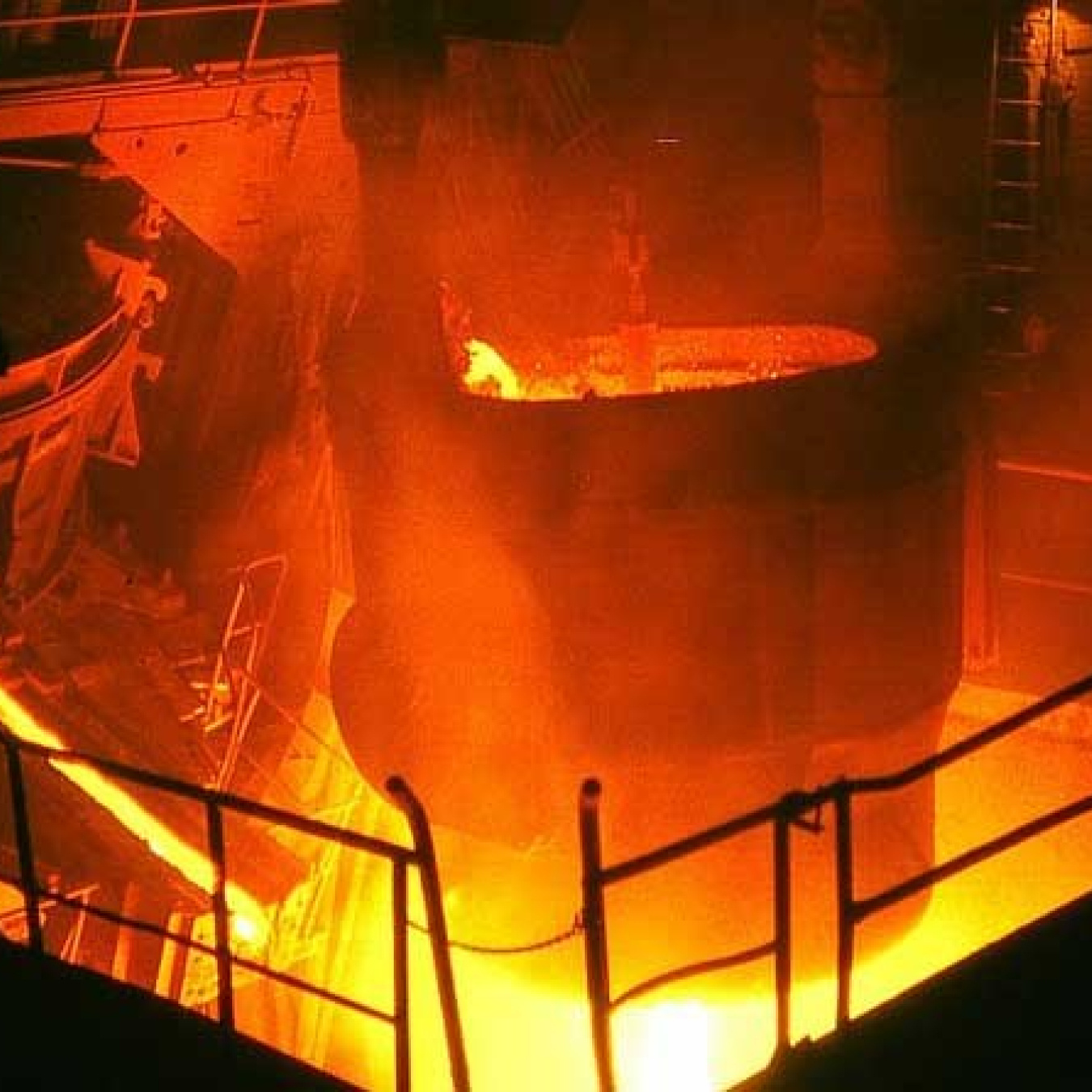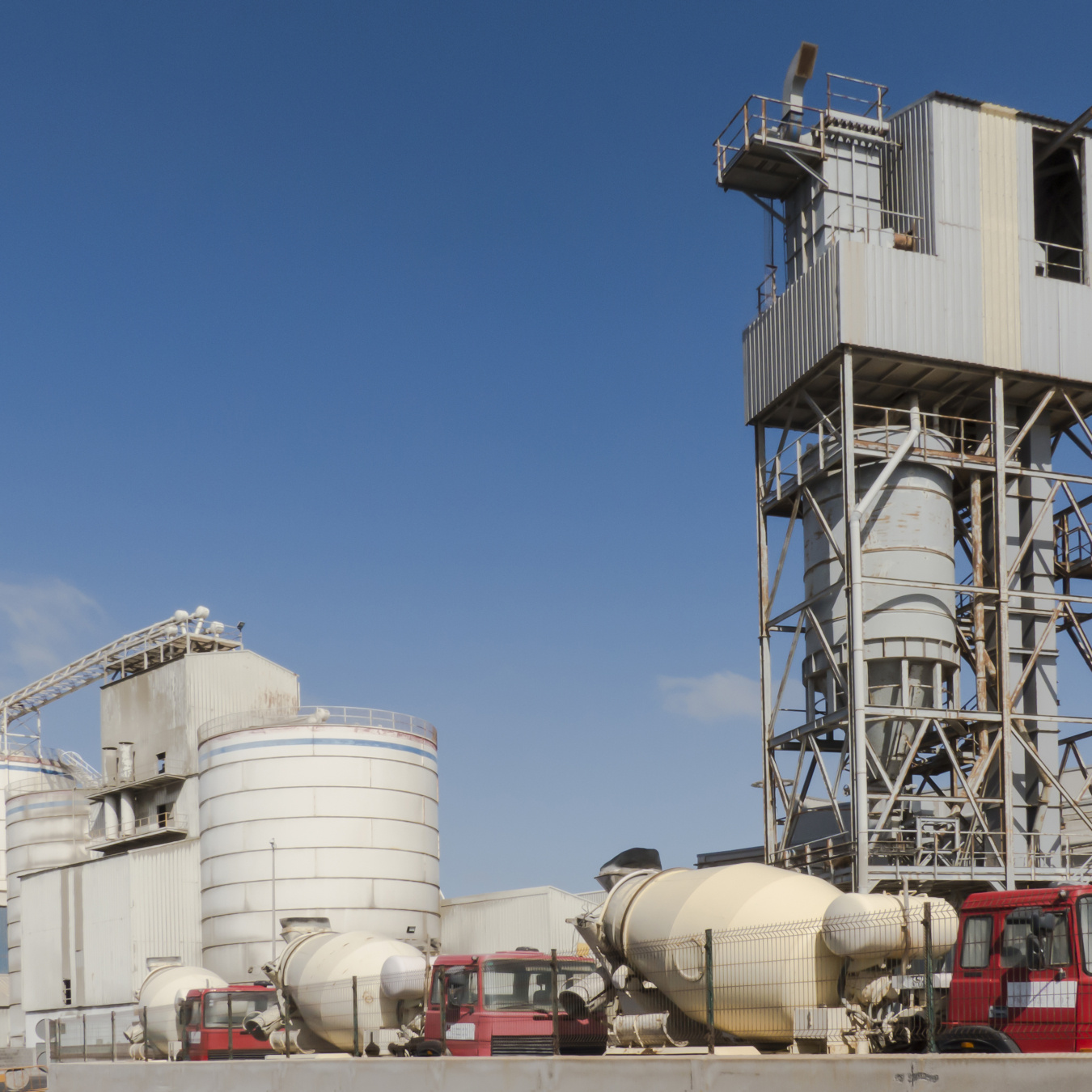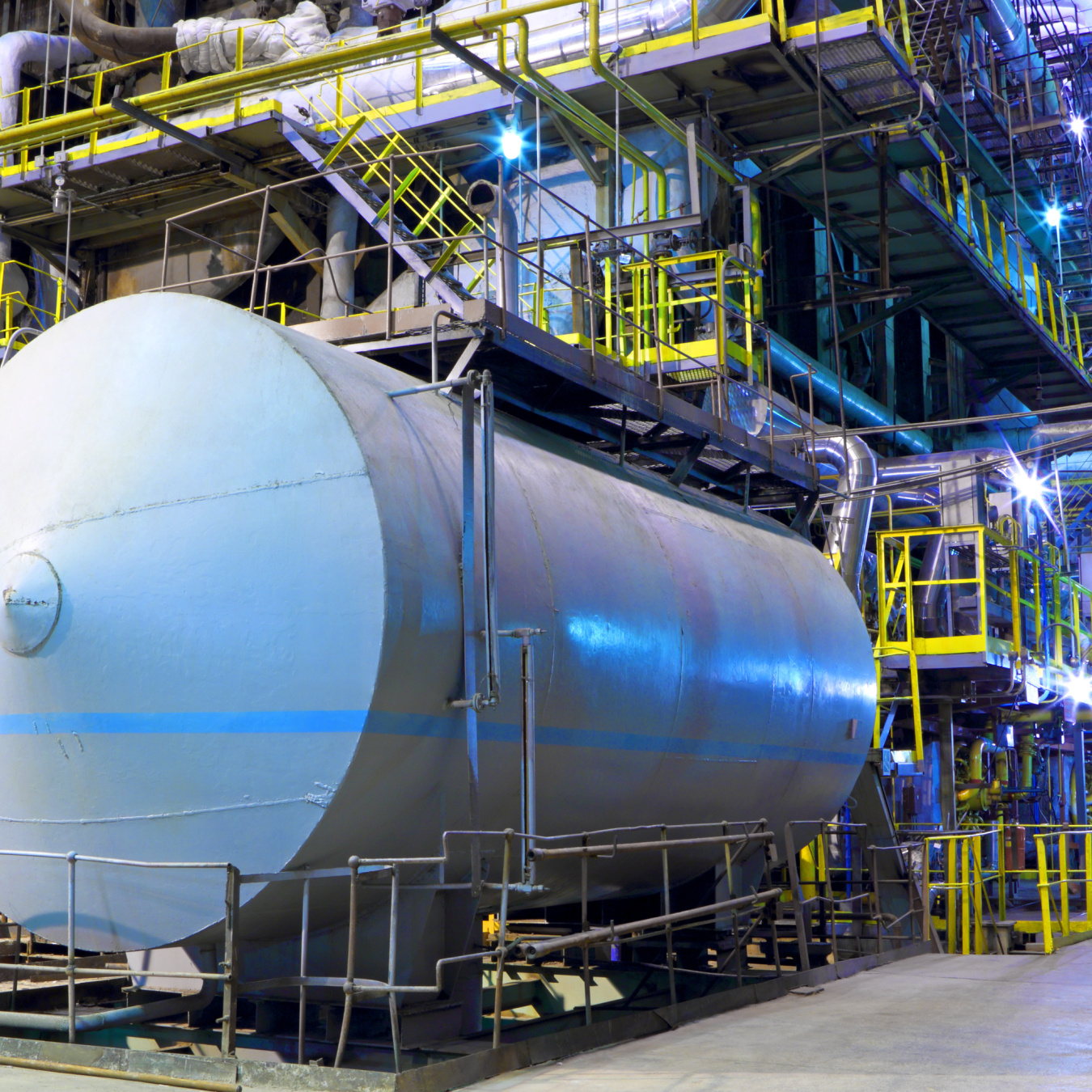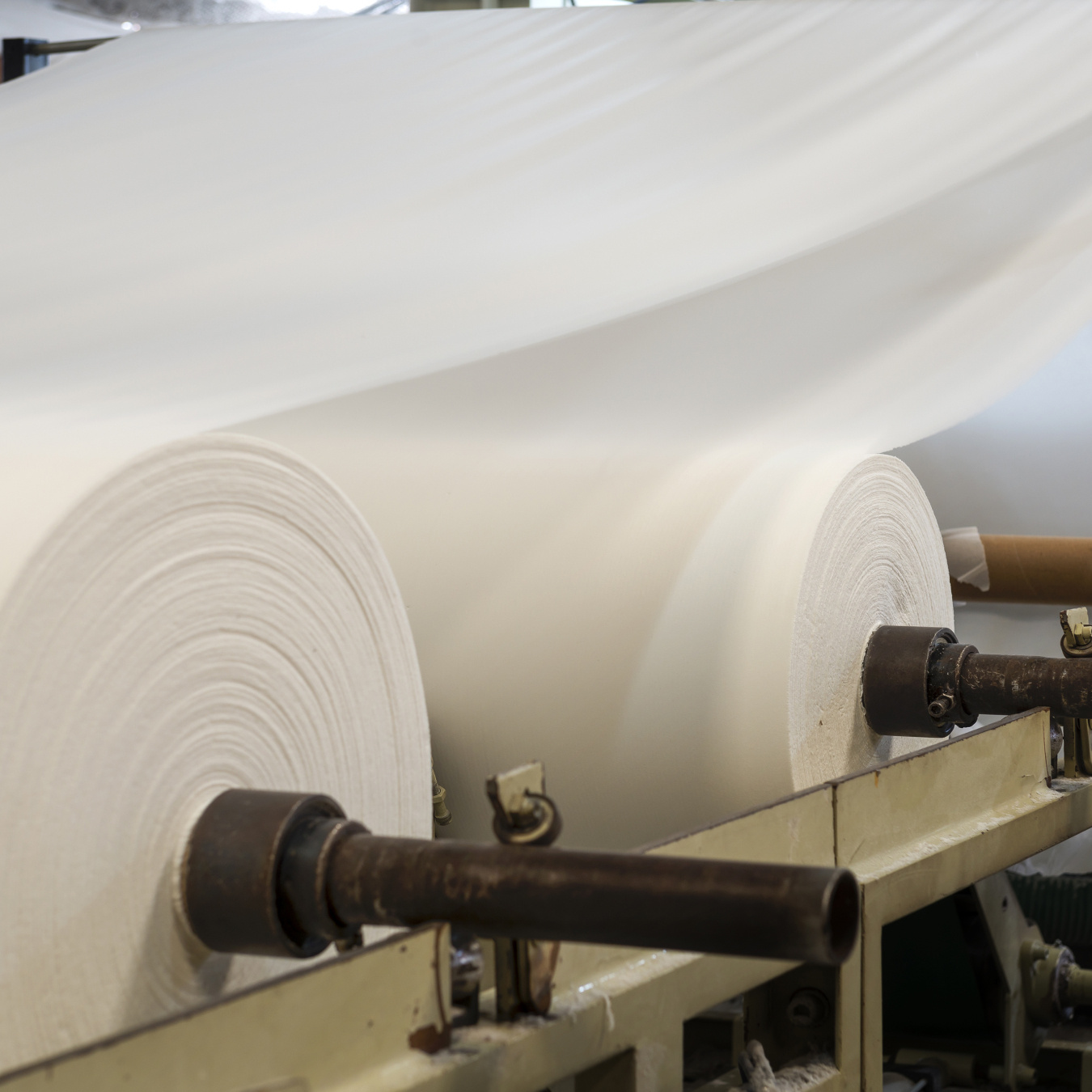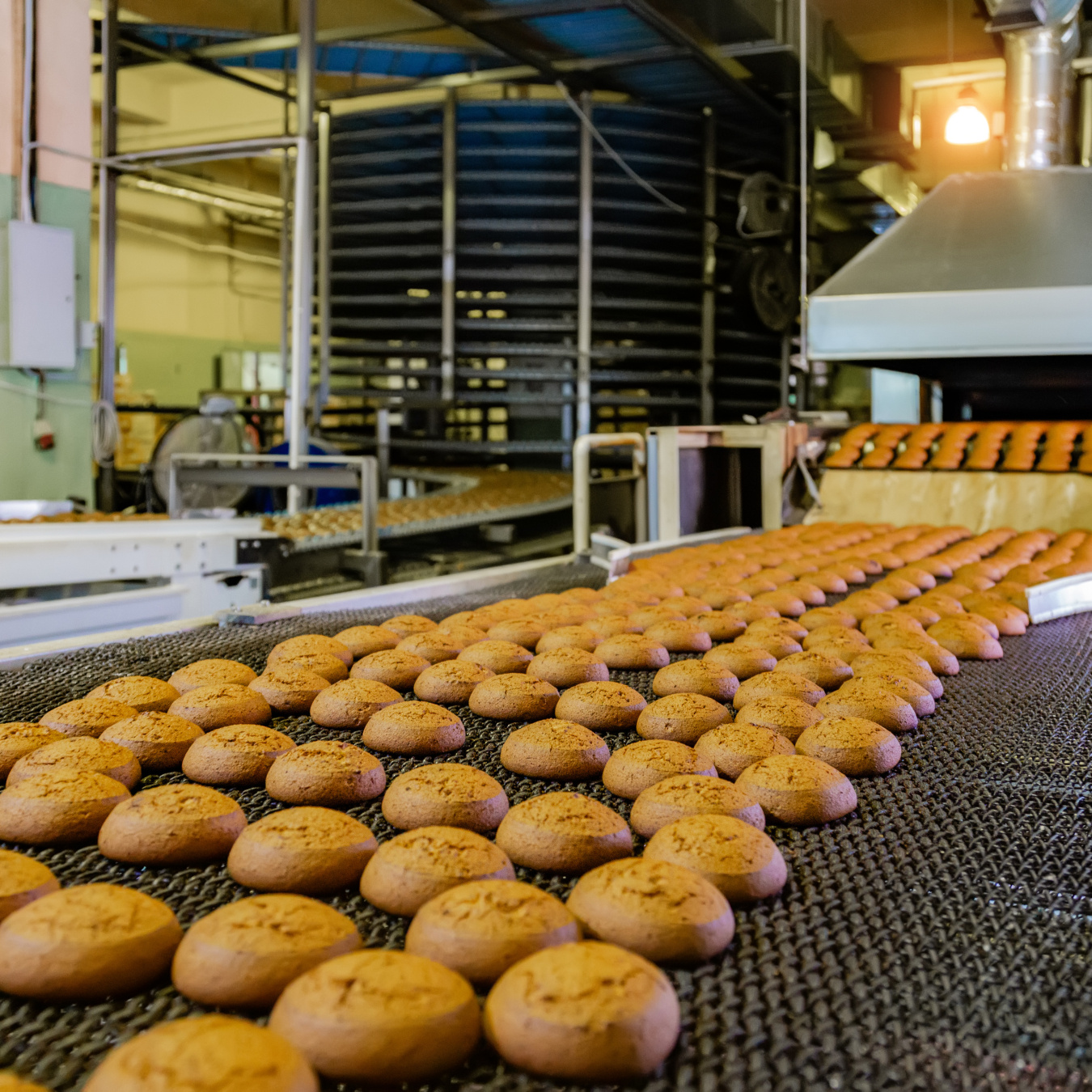What are Energy-Intensive Industries?
Energy-intensive industries are indispensable to the U.S. economy, mass-producing the materials and products essential to modern life. Together, these industries account for over 75% of the U.S. industrial energy demand, employ roughly 13 million Americans, and contribute roughly $27 trillion to U.S. GDP.
However, these industrial subsectors—including chemicals, iron and steel, food and beverages, cement and concrete, and forest products—are responsible for the highest concentration of energy use across the industry. In 2018, they accounted for nearly 80% of primary energy use.
Innovations in industry-specific technologies for these subsectors have the greatest potential to ensure the security and competitiveness of U.S. industrial supply chains in rapidly changing global markets, increase efficiency, and strengthen the manufacturing workforce.
Why are RD&D of Energy-Intensive Industries Important?
Efficiency and process optimization challenges are unique to each subsector, requiring tailored research, development and demonstration (RD&D) to drive the innovation and adoption of manufacturing processes needed to reach competitiveness targets.
Research Topics
What are ITO's Goals?
The U.S. Department of Energy (DOE) Industrial Technologies Office (ITO) supports the research and development of transformational technologies essential for reducing energy demand and improving American productivity in key industrial subsectors. Specifically, ITO supports activities that drive innovation and develop and demonstrate the commercial readiness of industry-specific technologies with the potential to increase efficiency and optimize processes across the industrial sector.
The research goals are established through ongoing dialogue with industrial, academic, national lab, and interagency stakeholders and underpinned by ITO's strategic analysis.
Sign up for the monthly Production Line newsletter for the latest in industrial efficiency.


